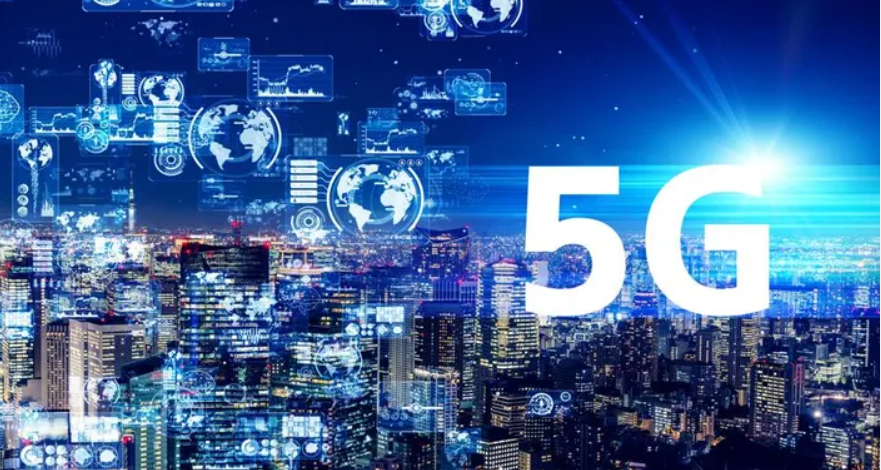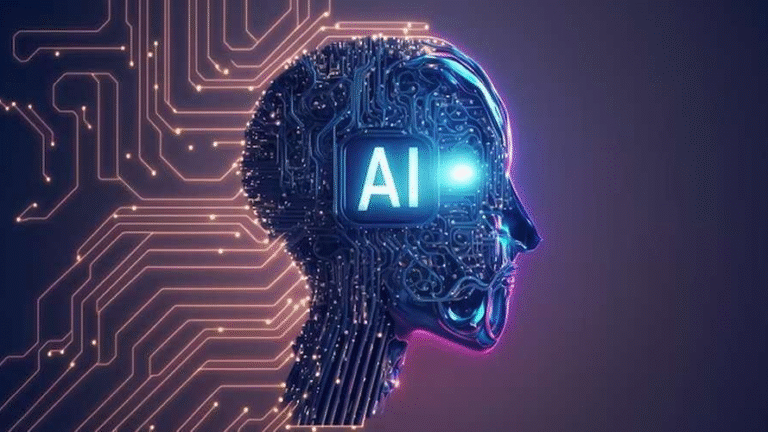The Rise of 5G: What You Need to Know About the Next Generation of Connectivity
Introduction to 5G
The fifth generation of wireless technology, commonly known as 5G, represents a significant leap forward in mobile connectivity. Building upon the foundations of its predecessors, 5G offers faster speeds, reduced latency, and the capacity to connect a vast number of devices simultaneously. This advancement is not just about quicker downloads; it’s about enabling a new era of interconnected devices and services that can transform industries and daily life.
Understanding 5G Technology
What is 5G?
5G stands for the fifth generation of mobile networks. It’s designed to meet the growing demands for data and connectivity in our increasingly digital world. Unlike previous generations, 5G operates on higher frequency bands, allowing for faster data transmission and reduced latency. This means more reliable connections, even in densely populated areas.
How Does 5G Work?
5G utilizes a combination of technologies to deliver its enhanced performance:
- Millimeter Waves (mmWave): These are high-frequency bands that can carry vast amounts of data at high speeds. However, they have a shorter range and are more susceptible to obstacles.
- Small Cells: To counteract the limitations of mmWave, 5G networks deploy numerous small cells—miniature base stations that provide coverage in specific areas, ensuring consistent connectivity.
- Massive MIMO (Multiple Input Multiple Output): This technology uses multiple antennas to send and receive more data simultaneously, increasing network capacity and efficiency.
- Beamforming: Beamforming directs signals to specific users rather than broadcasting in all directions, enhancing signal strength and reducing interference.
See also: The Future of Artificial Intelligence: How AI is Shaping Tomorrow’s World
Key Features of 5G
1. Enhanced Speed
5G offers significantly faster data speeds compared to its predecessors. With potential peak speeds of up to 20 Gbps, users can download high-definition movies in seconds and enjoy seamless streaming experiences.
2. Ultra-Low Latency
Latency refers to the time it takes for data to travel from its source to its destination. 5G reduces latency to as low as 1 millisecond, enabling real-time communication essential for applications like autonomous vehicles and remote surgeries.
3. Massive Device Connectivity
5G can support up to 1 million devices per square kilometer, making it ideal for the Internet of Things (IoT) where numerous devices need to communicate simultaneously.
4. Improved Reliability
With advanced technologies like beamforming and massive MIMO, 5G provides more stable and reliable connections, even in crowded areas.
5G vs. Previous Generations
| Feature | 3G | 4G | 5G |
|---|---|---|---|
| Speed | Up to 2 Mbps | Up to 100 Mbps | Up to 20 Gbps |
| Latency | ~100 ms | ~30-50 ms | ~1 ms |
| Device Support | Limited | Moderate | Massive (1M/km²) |
| Use Cases | Basic internet | Streaming, apps | IoT, AR/VR, AI |
Note: Actual speeds and latency can vary based on network conditions and infrastructure.
Applications of 5G Across Industries
1. Healthcare
5G enables real-time remote surgeries, telemedicine consultations, and rapid data transmission of large medical files, revolutionizing patient care.
2. Transportation
With ultra-low latency, 5G supports autonomous vehicles, real-time traffic management, and enhanced navigation systems, improving safety and efficiency.
3. Manufacturing
Smart factories leverage 5G for automation, real-time monitoring, and predictive maintenance, leading to increased productivity and reduced downtime.
4. Entertainment
Enhanced mobile broadband allows for seamless streaming of high-definition content, immersive AR/VR experiences, and real-time gaming without lag.
5. Agriculture
Farmers can utilize 5G-powered drones and sensors for crop monitoring, soil analysis, and efficient resource management, leading to increased yields.
6. Smart Cities
From intelligent traffic systems to energy-efficient buildings, 5G facilitates the development of smart cities by enabling interconnected infrastructure.
Challenges and Considerations
1. Infrastructure Development
Deploying 5G requires significant investment in infrastructure, including the installation of numerous small cells and upgrading existing networks.
2. Spectrum Allocation
Efficiently allocating and managing the radio frequency spectrum is crucial to prevent interference and ensure optimal performance.
3. Security Concerns
With increased connectivity comes heightened security risks. Ensuring robust cybersecurity measures is essential to protect data and privacy.
4. Health and Environmental Concerns
Some concerns have been raised about potential health effects of increased radiofrequency exposure and the environmental impact of widespread infrastructure deployment.
The Future of 5G
As 5G continues to evolve, we can anticipate:
- Integration with AI and Machine Learning: Enhancing network optimization and predictive maintenance.
- Expansion of IoT: Connecting more devices, from household appliances to industrial machinery.
- Development of 6G: Research is already underway for the next generation, promising even faster speeds and more advanced capabilities.
FAQs
Q1: How does 5G differ from 4G?
A: 5G offers significantly faster speeds, lower latency, and the ability to connect a vast number of devices simultaneously compared to 4G.
Q2: Is 5G available worldwide?
A: 5G deployment is ongoing globally, with many countries rolling out networks in major cities and expanding to rural areas.
Q3: Will 5G replace Wi-Fi?
A: While 5G offers many advantages, Wi-Fi will continue to be used, especially indoors. Both technologies will coexist and complement each other.
Q4: Are there health risks associated with 5G?
A: Current research indicates that 5G is safe. Regulatory bodies continue to monitor and study any potential health impacts.
Q5: What devices are compatible with 5G?
A: Many modern smartphones, tablets, and other devices are 5G-compatible. It’s essential to check device specifications before purchasing.
Conclusion
The rise of 5G marks a transformative period in the realm of connectivity. Its unparalleled speed, low latency, and capacity to connect myriad devices pave the way for innovations across industries. As infrastructure develops and adoption grows, 5G will undoubtedly play a pivotal role in shaping our digital future.
For more insights on technological advancements and their implications, stay tuned to our blog.



